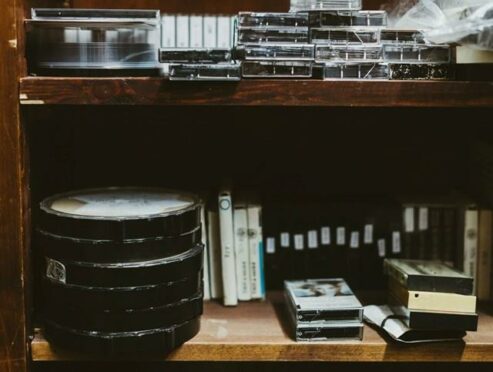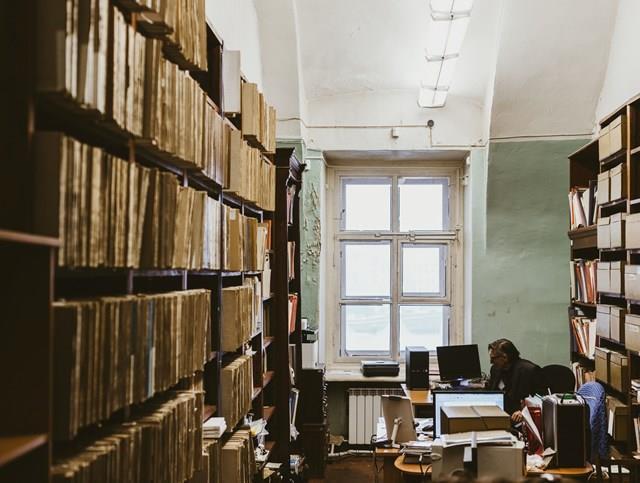An anthropologist from Aberdeen University has been awarded funding to digitise a precious archive containing audio, songs and stories of the indigenous people of the north captured over six decades.
Professor David Anderson has been granted more than £36,600 ($50,000) for the two-year project to preserve and extract the data from rare cassette tapes that could turn to dust at any moment.
Specialist sound technicians will extract the vital audio from the tapes that are currently held in Pushkin House in St Petersburg.
The project is funded by the Modern Endangered Archives Program at the UCLA Library with funding from Arcadia.
Prof Anderson said: “Cassette tapes like these are the most endangered medium we have. Within 20 years they are all going to be dust but what they contain is important material which can never be replaced.
“The archive contains recordings taken from the 1920s through to the 1980s made by Soviet ethnographers and linguists but it is now extremely fragile.
“Having the stories, songs, language and history of indigenous groups from the Siberian region spoken in their own voices is hugely important for future generations of local people and scholars.
“Industrialisation and other external interferences have in some cases near extinguished the local and Indigenous languages and traditions of these groups so losing this material would be devastating.”
‘This is the largest collection of Siberian indigenous voice recordings in the world.’
The process for extracting the information is delicate. The tapes are baked in an oven at high temperatures and afterwards, there is one chance to play them or the recording is lost.
The technicians will also try to remove any disruption to the tapes caused by damage which when played creates a squealing noise.
Dr Dmitry Arzyutov, co-leader of the project and an honorary research fellow at the Aberdeen University added: “This is the largest collection of Siberian indigenous voice recordings in the world.
“We hope this project will help to shine a light on this important collection, which is in great risk of disappearing and with it this intimate portrait of lifestyles.
“Our work and analysis can help to reconstruct the transnational history of Arctic indigenous voice recordings and most importantly, make them accessible again to the indigenous communities to which they belong.”

